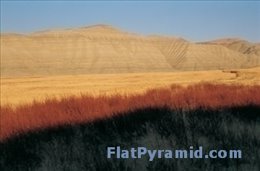3D Model Animation – Setting Up The Scene
Setting up the scene for the process of 3D model rendering which will animate the model are crucial to define how the model will interact with the scene in which it is placed. Some of our favorite animated films that are created with 3D models use thousands of hours of animations and techniques in lighting, shaping and shadowing of the model.
What supplies are needed to arrange these 3D models? Lights and cameras are two of the most essential elements in creating the scene for the animation of a 3D model. These elements work together to take a static 3d model into an animation with a personality, a life and the ability to interact with the scene.

Lighting has the ability to create shadows. When it comes to 3D models, shadows have two purposes. The first purpose is to give the animated model depth, and two, to anchor the model to the ground. The lighting can change the way that we perceive an object, and even change the visual appearance – through this perceived change.
Although the surface changes occur before the rendering of the model, lighting and shadows have the ability to change the appearance. Although rendering software allows the modeler to change the color or styles o the surface during rendering, most surfaces should be defined before the rendering process. Throughout the rendering process, textures can be changed with the implementation of a technique called texture mapping. Texture mapping allows the use of 2D techniques while applying bumps, color, or different textures to the surface of the 3D model. Texture mapping is only one of the many options we have throughout the rendering process of a 3D model.
When the model is placed within the scene to be animated, they are moving within the scene, most often, rather than the scene moving around the 3D model. Animation may occur within the 3D modeling programs, or in other animation programs, but creates the characters that we have come to know and love.
